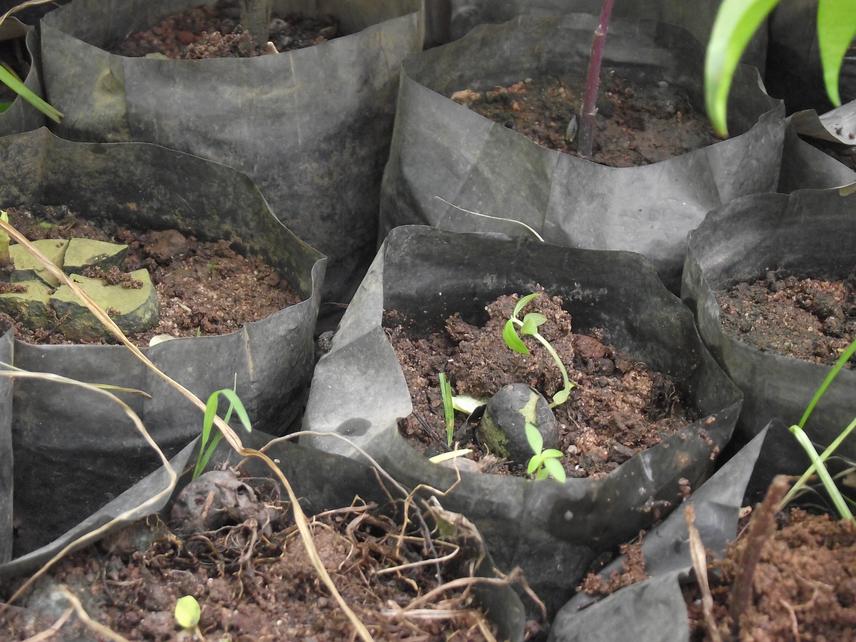Merveille Koissi Savi
Other projects
8 Jan 2015
Toward the Sustainable Conservation and Domestication of Cola nitida and Garcinia kola in Benin
Kola trees are used for medicinal purposes and traditional rituals in Benin. Recent studies showed that Cola nitida and Garcinia kola have low natural regeneration. Our strategy to overcome the low regeneration issue involves a better understanding of the regenerative ecology through silvicultural techniques. In the framework of the project, an assessment of the potential of soil seed bank and the light-requirement will allow for: (i) the identification of most the suitable natural habitats for plantations, and (ii) an evaluation of the regeneration potential from soil stock. In the mid-term, the
Ouèdo forest will be reforested.

This project intends to characterize the regeneration ecology of Cola nitida and Garcinia kola in order to help the restoration of the Ouèdo Forest, south, Benin. Specifically, the project will address:
(i) the soil species-specific seeds banks potential in Ouèdo Forest which can help both the scientific community and forest managers. Beyond the scope of the target taxa, this assessment may also reveal the potential of restoring forest flora through seed bank in the studied zone (Bakker et al. 1996). Furthermore, there is no information available on seed longevity of the highly threatened species such as kola trees (Schnittler & Günther 1999). Most importantly this first will elucidate some the questions “ Is the rate of kola tree seeds important to drive ecologist or breeder hope a natural regeneration?”
(ii) the light irradiation range and optimal for seed methods for germination. This assessment will contribute to improve germination techniques (Doucet, 2003). The knowledge of tree species light requirement is also important to improve the success of reforestation and restoration programs (Chazdon 2008, Thomas et al. 2014).
Additionally, the exploration of other dormancy breaking methods may give additional information on the kola trees species ecology.
Lastly, the project will use the emerging seedling and sapling during the experimentation for the restoration of the Ouèdo Forest.
Project objectives will be reached throughout six activities that are:
Activity 1: Complementary literature review and elaboration of data collection protocol
Activity 2: Soil sampling
Activity 3: Seedling emerging test and determination of the emerging taxonomic group
Activity 4: Construction of the shade-houses for the light requirement test
Activity 5: Light requirement test and start of vegetative propagation test
Activity 6: Restoration of habitats
To ascertain the success of this project we have several strong long-term links with important partners in the project. Our project first referee is knowledgeable in the field of ecology where he has published many papers. He will supervise the work and he will provide guidelines for the good implementation of this project and its dissemination. While conducting the public awareness of the first project we were contacted by five primary school directors who wanted to be involved in similar projects. Moreover, we contacted the local chief of Ouèdo, who allowed us to conduct research in this area.